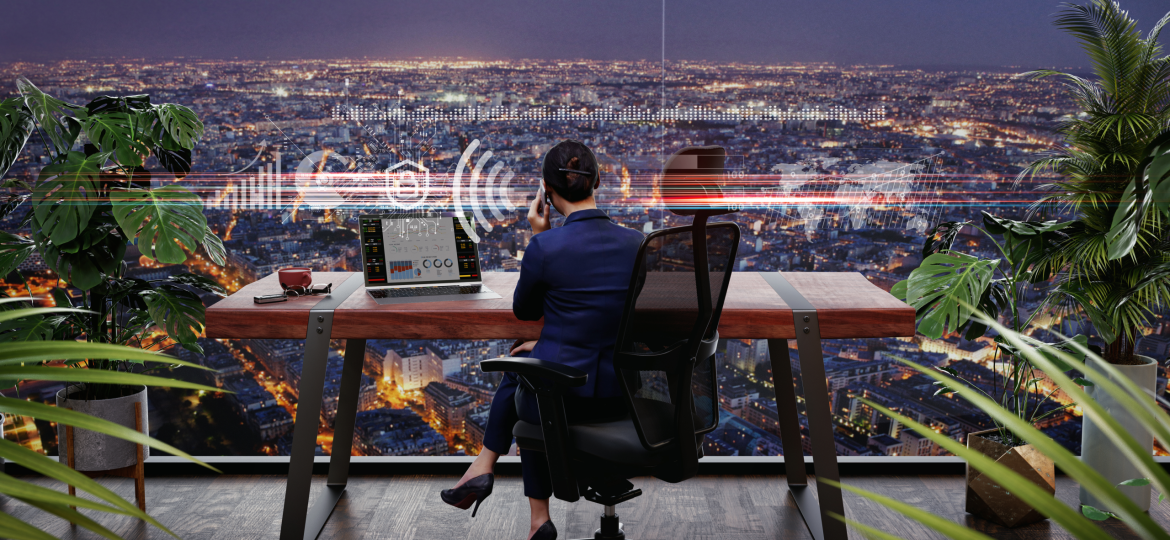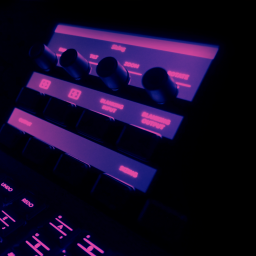
In the age of hyper-connected markets, creativity no longer operates within the boundaries of a single time zone. For India-based studios working with clients across continents, the glow of a computer screen at midnight is more than just a romanticized image of dedication—it’s a daily reality. The global creative industry thrives on collaboration, yet behind the polished commercials and high-gloss campaigns lies a quieter story of time-zone juggling, late-night brainstorming, and the delicate balancing act of keeping both clients and creative teams in sync.
At Pixmagnate Works, this challenge isn’t just an occasional inconvenience—it’s part of the fabric of working with international brands. And while it comes with its pressures, it also sharpens our ability to innovate, adapt, and operate at a level that matches the global creative standard.
The Midnight Meeting: A Familiar Reality
Imagine this: the campaign brief is ready, the creative deck polished, and the team buzzing with ideas. The only catch? The client is eight hours behind your time zone, and their “perfect meeting slot” is your midnight. This is not a rare occurrence—it’s a standard operational reality for studios serving brands in the US, Europe, or Australia.
For many Indian production and post-production teams, nights blur into mornings as projects demand real-time discussions. At Pixmagnate, we’ve seen how these unconventional hours can foster an unusual kind of energy—a mix of fatigue, focus, and creative adrenaline. But the cost of this dedication must be carefully managed to ensure that passion doesn’t turn into burnout.
Why Time-Zone Challenges Exist in Creative Production
The nature of creative work—especially in D2C campaigns, high-end video production, and brand storytelling—is inherently collaborative. A campaign isn’t just about sending over final files; it’s about refining the vision in stages, tweaking emotional beats, and ensuring brand tone aligns across every frame.
Global clients expect rapid turnaround times and real-time approvals. This urgency is amplified in markets where launch windows are tight, seasonal promotions have fixed dates, or social media campaigns demand instant reactions to trends. The result? Teams in India often become the bridge between multiple markets, absorbing the time difference as part of their operational DNA.
The Human Cost: Fatigue and Creative Disruption
While there’s a certain glamour to the “always-on” creative culture, the strain on teams is undeniable. Midnight calls and early-morning review sessions disrupt natural work rhythms, eating into rest, personal time, and even peak creative hours.
Fatigue doesn’t just lower productivity—it subtly affects creative thinking. When artists, editors, or motion designers are juggling irregular schedules, the brain’s ability to produce fresh, inspired ideas is compromised. Add to that the challenge of aligning with internal teams, and you have a cycle where miscommunication and overlooked details become genuine risks.
Smarter Ways to Work Across Time Zones
Time-zone differences are not going away, so the solution lies in smarter workflows—not just harder work.
One of the most effective approaches is flexible scheduling. Instead of enforcing rigid nine-to-six office hours, creative teams can work in shifts that align better with client time zones. This doesn’t just reduce fatigue—it allows for a fresher mindset during critical client interactions.
Asynchronous communication is another key strategy. Using tools that allow for recorded feedback, shared comments on project timelines, and pre-scheduled updates means that not every discussion needs to be “live.” This approach respects everyone’s time while still keeping projects moving.
Rotating client-call responsibilities within the team can also make a significant difference. Instead of one or two individuals always bearing the brunt of late-night or early-morning meetings, responsibilities are shared, creating a more sustainable culture.
Clear communication protocols are equally essential. Setting boundaries on non-urgent calls, defining acceptable time windows, and clarifying feedback expectations help maintain balance without sacrificing service quality.
Pixmagnate’s Approach: Respecting Artists, Protecting Creativity
At Pixmagnate Works, our internal culture is built on the understanding that people are the real creative engine. That means protecting the well-being of our editors, animators, designers, and writers is as important as delivering flawless campaigns.
We’ve cultivated a system that blends flexibility with discipline. Brainstorming sessions are scheduled to maximize participation and inspiration—whether that means early morning huddles or mid-afternoon creative bursts. For global campaigns, we plan production timelines in a way that minimizes last-minute rushes and reduces the need for excessive after-hours meetings.
By respecting both the craft and the creator, we’ve found that quality doesn’t need to come at the cost of exhaustion. This respect-driven approach not only keeps our team sharp but also ensures that every project receives the focus it deserves, no matter what time the call comes in.
Tools That Make Time-Zone Workflows Easier
Technology plays a crucial role in making international coordination less draining. Slack is invaluable for managing daily communication without clogging inboxes, while platforms like Frame.io allow clients to review video edits, leave time-stamped comments, and approve changes without waiting for a live meeting.
Shared timeline tools such as Notion or Trello help teams track progress transparently, so even if someone is asleep while another team member is working, everyone knows exactly where the project stands. Remote editing setups with cloud-based asset management systems also ensure that work can continue seamlessly, regardless of physical location
A Call to Creative Studios Worldwide
Time-zone challenges are part of the global creative economy, but they shouldn’t be an unspoken burden that teams silently endure. Studios need to openly discuss operational realities with clients, set boundaries that respect creative well-being, and embrace tools that promote asynchronous, flexible collaboration.
Ultimately, it’s about building partnerships—both within teams and with clients—where the focus is not only on delivering exceptional work but also on ensuring that the people behind the work can sustain their craft over the long term.
Conclusion: Midnight calls may be inevitable in global creative production, but they don’t have to be synonymous with fatigue and burnout. By embracing smarter workflows, clearer communication, and a culture that values its people, studios like Pixmagnate Works prove that it’s possible to meet the demands of a 24-hour creative cycle without losing the spark that makes the work extraordinary.



